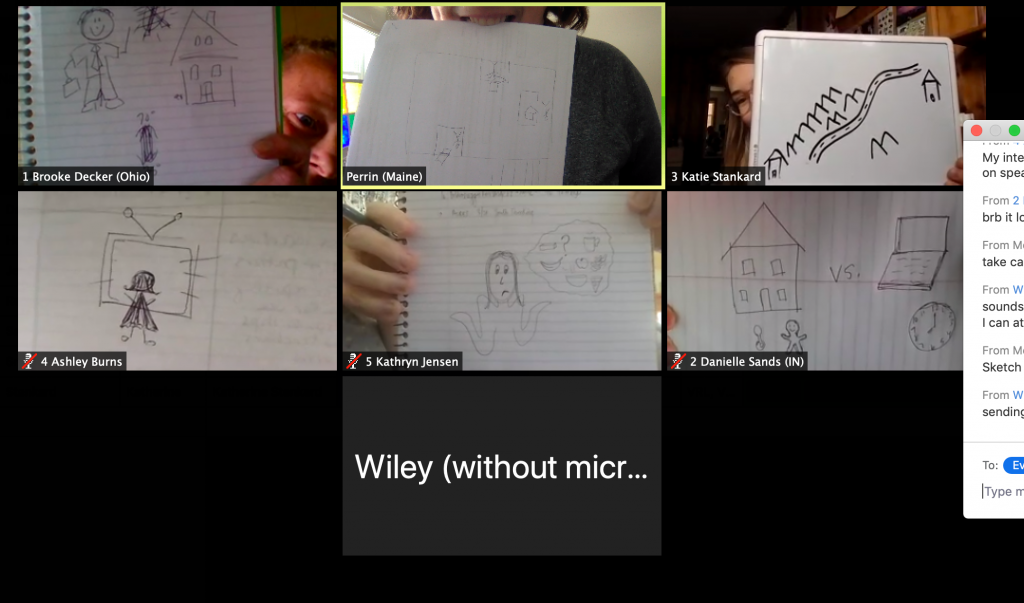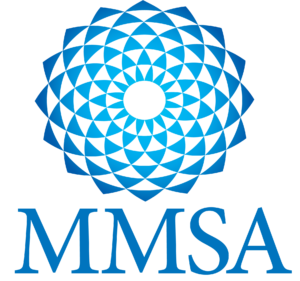 We hope you are well and finding ways to decrease your stress during these difficult times. Your efforts to be creative, resourceful, and resilient do not go unacknowledged. You matter and are inspiring in your efforts to pivot so quickly. Kuddos to you!
We hope you are well and finding ways to decrease your stress during these difficult times. Your efforts to be creative, resourceful, and resilient do not go unacknowledged. You matter and are inspiring in your efforts to pivot so quickly. Kuddos to you!
We thought we would take a moment to share some analogies to help you (re)frame your virtual engagement. MMSA’s ACRES project has been on the cutting edge of virtual professional development for several years. Many on the MMSA team have also been hosting what we call virtual tea times over the last month; MMSA consistently brings in-school and afterschool educators together from all across the country. We have listened to what has been working, we have been helping people troubleshoot issues and brainstorm solutions, and we have been sharing resources to make transitioning to remote learning easier for you.
First, be sure to cut yourself some slack. Remote teaching is never easy, and it takes time to get the hang of it. There is a learning curve and so many options for how to engage and connect, so it can feel overwhelming. There helpful article, shared by the Maine Department of Education, highlights the difficulties schools and educators are facing: http://ajjuliani.com/this-is-not-online-or-distance-learning/
Successful virtual teaching requires careful thought over when to bring your students together and when give those students some space. As you plan your lessons or gatherings, think about which activities are best done synchronously (together) and which should be done asynchronously (apart). If you would do an activity in your physical classroom in small groups, consider using breakout rooms. If you want your students to do individual work, then assign it and have them share at a later time, or have your students turn off their cameras, and mute their microphones for a certain time period and then re-engage. If you want to deliver content or share some directions, perhaps consider recording that piece of information ahead of time and sharing it with your students. Use your time together in a live session for conversation and connection, your students need connected engagement now more than ever. Many icebreakers translate well to the virtual world. To give consistency to your sessions, establish a speaking order, allowing participants time to speak up and time to be a good listeners.
We often reference the chef vs cook analogy in our virtual sessions. Are you asking youth to follow directions and create a standard product or you asking them to use what they have and what they know to create something unique and interesting? If you want your students to do an activity like a cook, then have them do it on their own and share it with you individually. If you want them to do an activity like a chef, find ways for them to be able share and compare with their classmates. See Saw, Fip Grid, and screen sharing in Zoom breakout rooms are great ways to encourage discussion and sharing.
The options for true engagement are endless through virtual learning. Consider doing virtual word searches, playing scattegories, or hosting a rowdy game of pictionary as strategies for your students to connect to you, to connect with each other, and to feel more comfortable on various virtual platforms. Sharing video clips to spark discussion or using the white board to encourage observations are other of the ways to engage your learners. If you need more ideas or want to connect in a safe but brave space to trouble shoot and problem solve, MMSA is here for you. Check out our virtual learning resources https://mmsa.org/virtual-learning/


